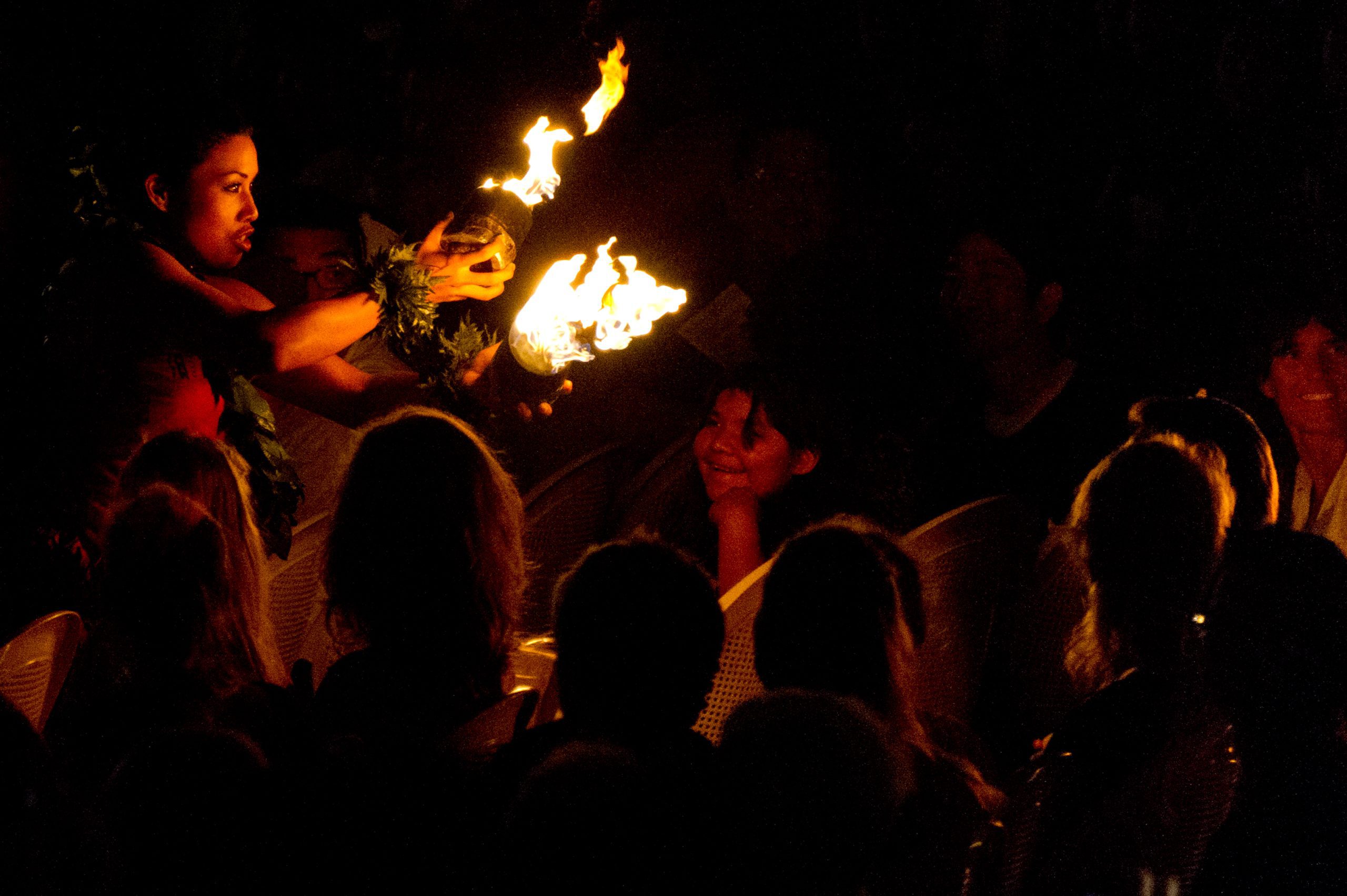
Today’s digital camera makes travel photography more accessible than ever.
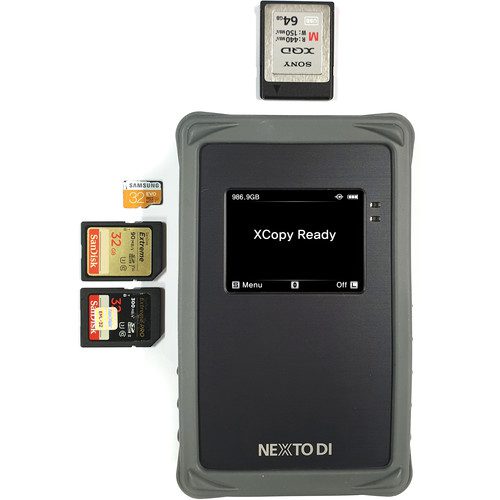
You’ll need several memory cards if you plan to take many pictures, or you can carry a small Memory Card Back-up Device to store and view your digital images. These are available in various hard drive capacities and are equipped with screens for viewing your pictures. You can keep your photos on your laptop and free up your digital cards for more photographs.
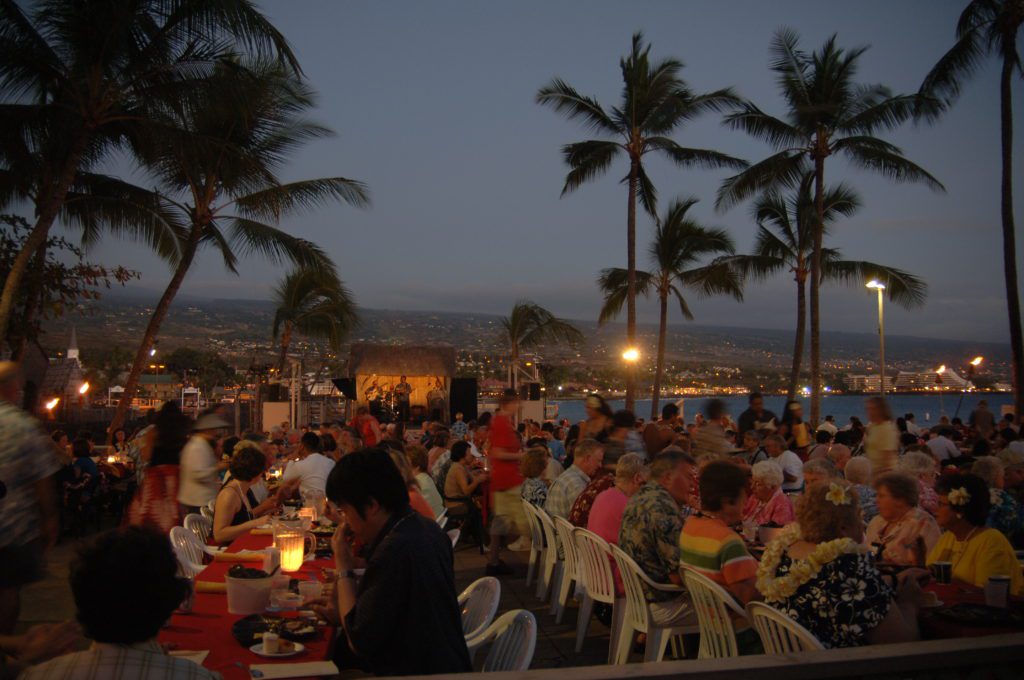
A single zoom lens such as an 18mm – 200 mm may be all you need to carry. Traveling light makes your trip more accessible and enjoyable and has some hidden advantages. I love shooting with my Nikon 28-300mm.
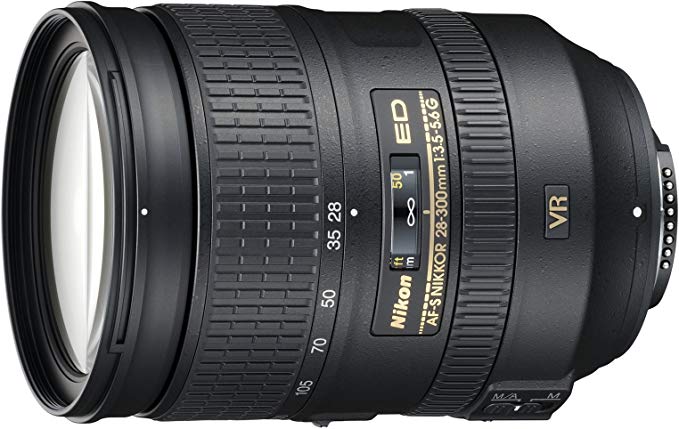
It is easier to make natural photos when people don’t perceive you as a professional photographer. They relax and are more themselves. Whipping out a considerable lens or lugging a large camera bag around can intimidate your subjects. Another advantage to traveling light – you want to attract as many thieves.
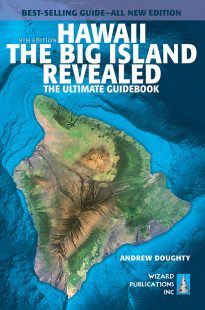
Buy a good guidebook about the places you plan to visit. National Geographic publishes excellent travel guides that help you plan your trip and your photography. We used their book for our trip to Hawaii.
Guidebooks tell you about incredible places, and many describe the best time of day to photograph specific locations. Guidebooks are a must-have. They’ll keep you from being in the wrong place at the wrong time with the bad light for great photos.
Check out the postcards. They can save you time finding the best angle. Looking at the postcards and perhaps asking the locals where they were made puts you on the trail to the most scenic locations for great photos. Once you find that general area look around, and you can probably improve on the postcard picture.
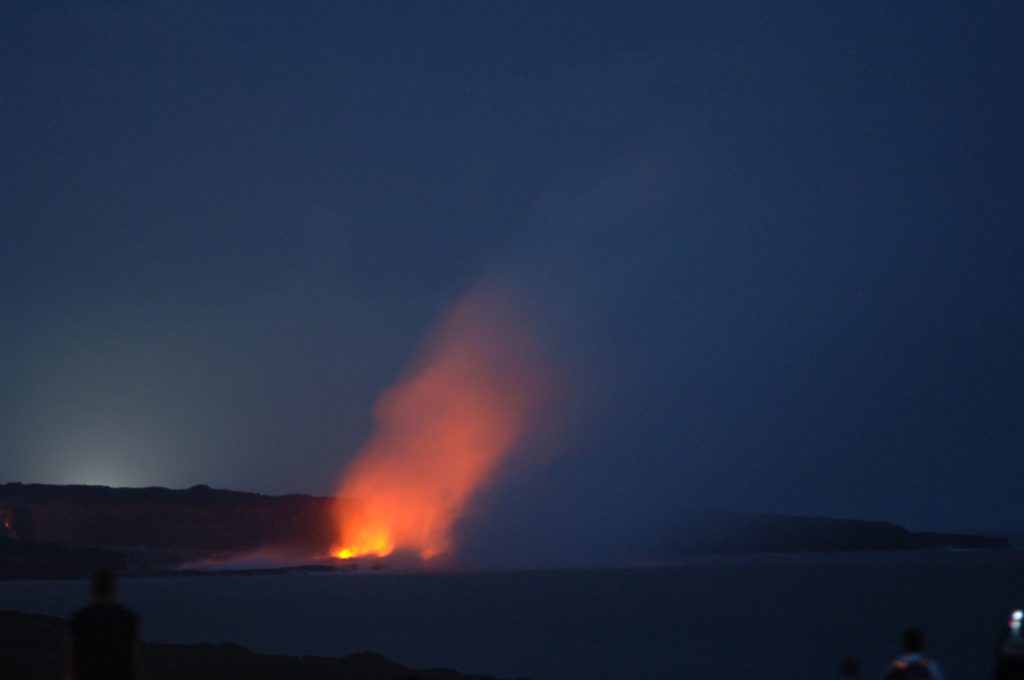
Make the best photograph possible when you find the perfect spot, then do the obligatory “in-front-of” shot. You know, the one that shows that you and yours were there, but be careful. There are a couple of things to watch out for. Place the family so that where you are is (1) the only place that photo could have been made. Place the people to one side, perhaps up close, so that (2) the folks are recognizable and be sure the “scenic attraction” is also identifiable in the photo. If you covered it up, you could have stayed home and taken the picture in the backyard.
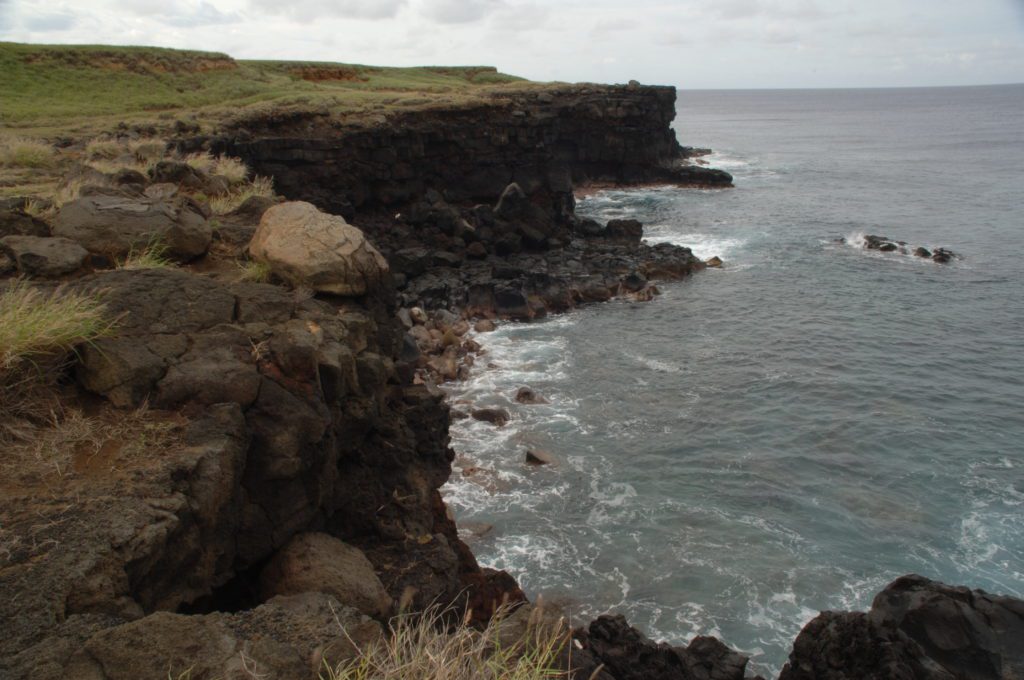
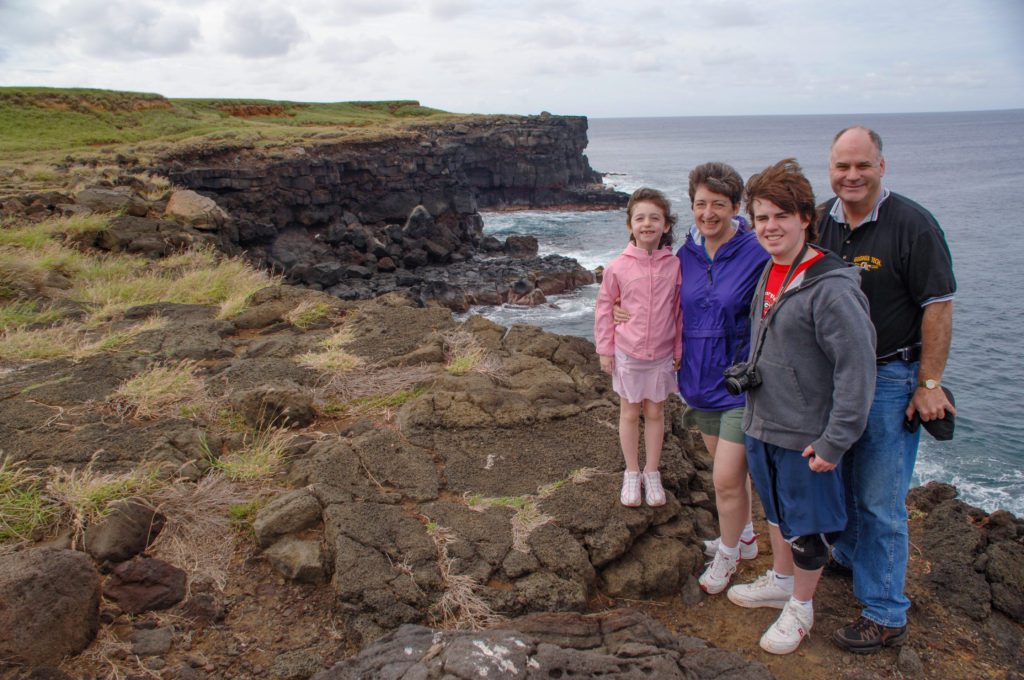
Overshooting ensures excellent photos. Give yourself room to edit when you’re back home. If you seldom write, you probably wouldn’t use the first sentence you thought of to start a paper. In writing, we usually put down as many thoughts as we can and then edit. From all the thoughts and ideas jotted down, we find the ones that work best.
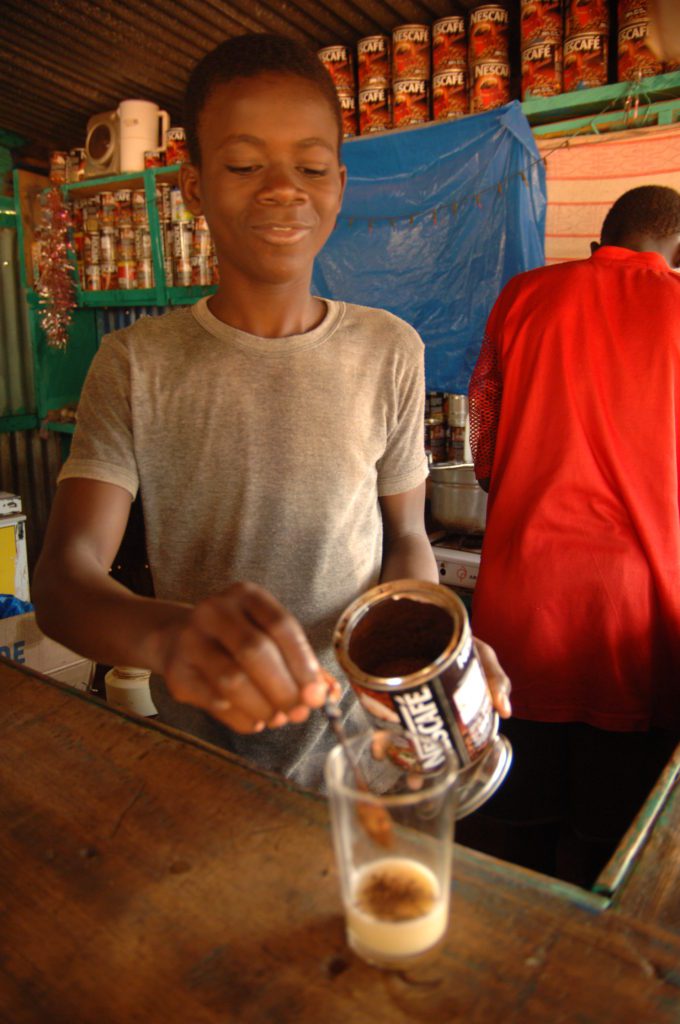
Do the same in photography. Take lots and lots of photos. It gets the creative juices flowing. Besides, it’s fun. Try different angles: close-up, wide angle, zooming in. Shoot at low angles, climb up high and look for new ways of seeing the subject. Back up and take the long, establishing shot. Turn around and see what’s behind you; it could be just as exciting as what is in front.
Use your camera to journal your trip. Photograph the food you eat, where you stay, and the people you meet. Some of these “notes” may appear in large print on your wall.

With digital, you can shoot a thousand rolls of film and fit it into a memory card. Talk about traveling light… and cheap -no film cost.
I’ve never heard anyone say they took too many photos on their trip. I have listened to the sad stories of many people who left the camera in the room and missed golden opportunities.

